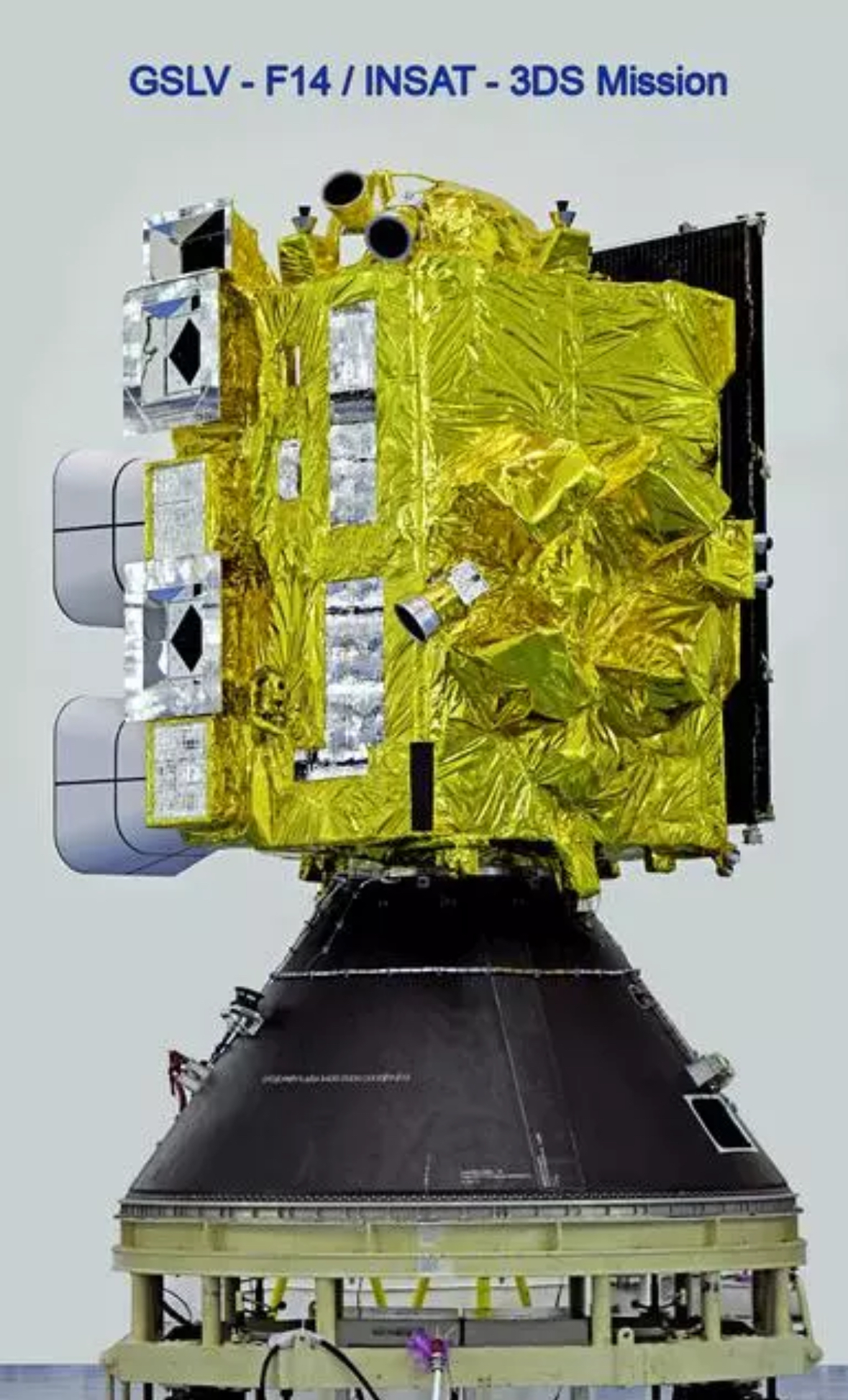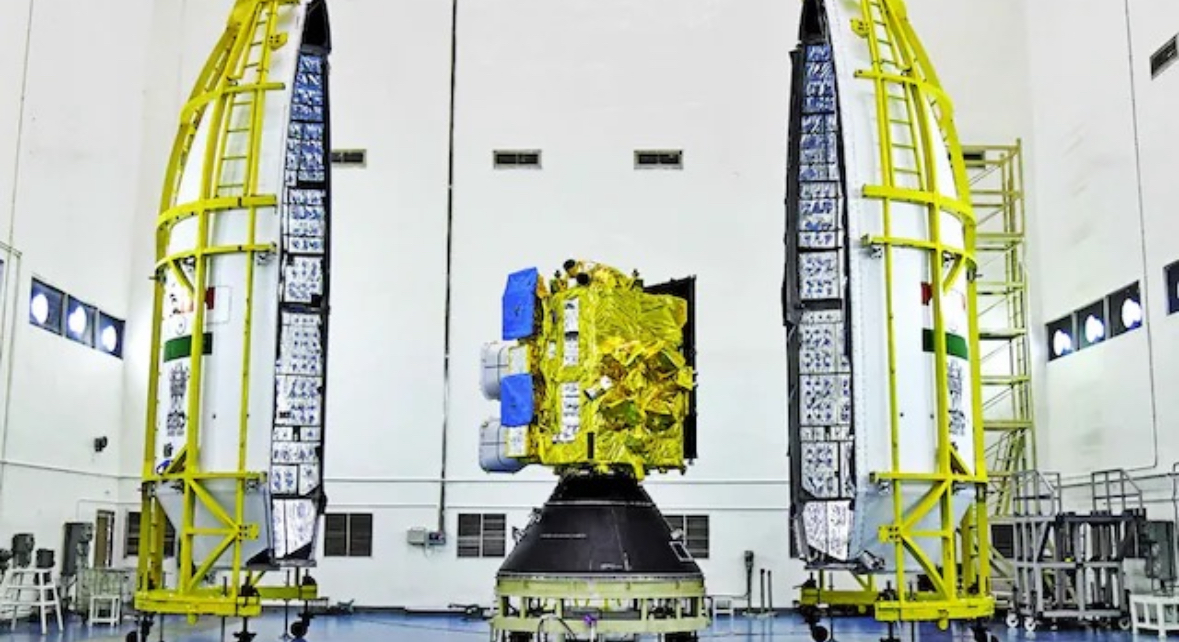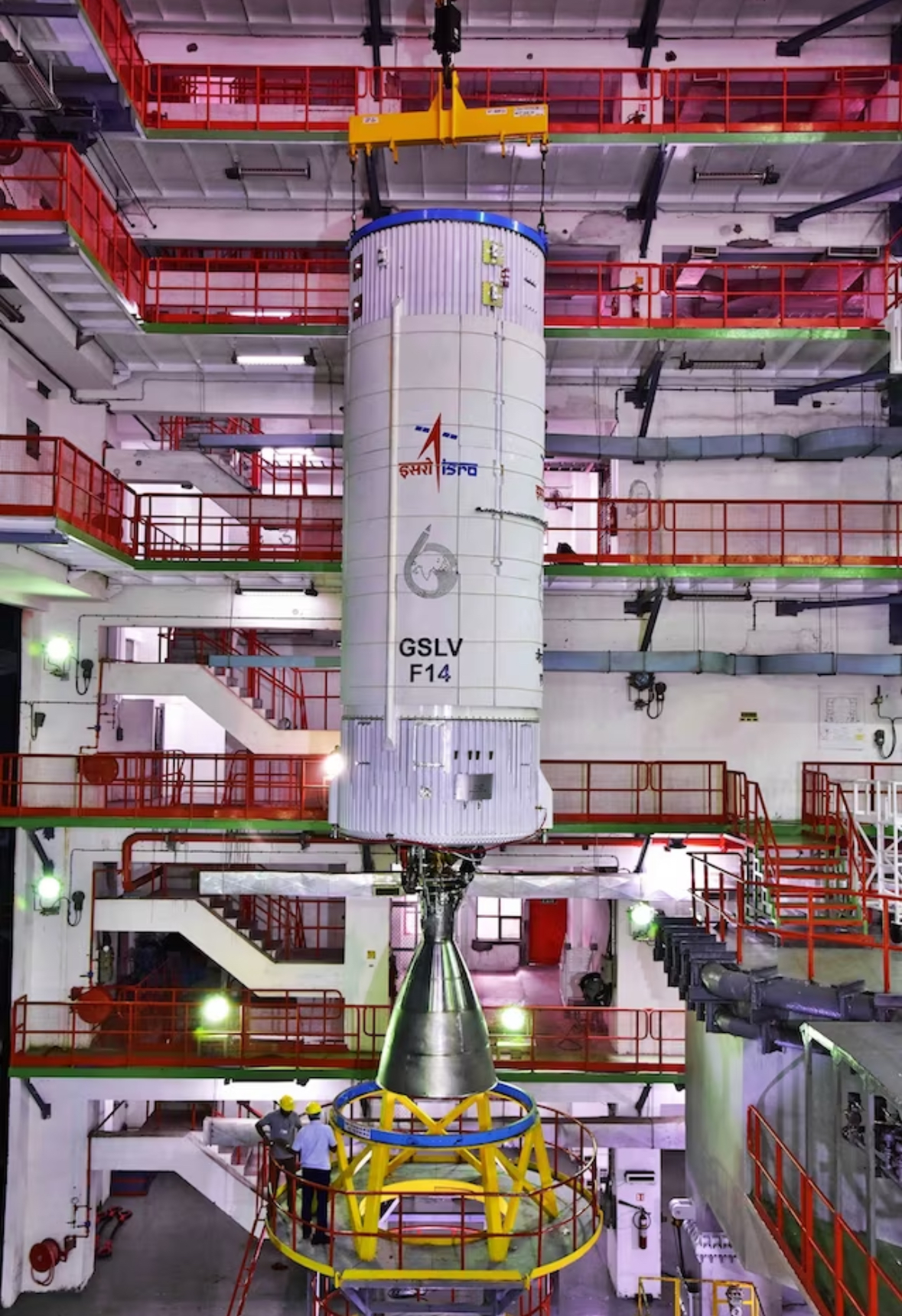India's Space Research Organisation (ISRO) will launch the weather satellite INSAT-3DS from SDSC-SHAR in Sriharikota on February 17. After successfully launching XPoSAT in January, this is ISRO's second launch this year. The organisation has received full support from the Ministry of Earth Sciences. The GSLV-F14/INSAT-3DS mission's goal is to put the satellite into the Geosynchronous Transfer Orbit (GTO) and lower it into a geostationary orbit.
🚀GSLV-F14/🛰️INSAT-3DS Mission:
The mission is set for lift-off on February 17, 2024, at 17:30 Hrs. IST from SDSC-SHAR, Sriharikota.
In its 16th flight, the GSLV aims to deploy INSAT-3DS, a meteorological and disaster warning satellite.
The mission is fully funded by the… pic.twitter.com/s4I6Z8S2Vw— ISRO (@isro) February 8, 2024
The main purpose of the mission

Monitoring the Earth's surface and the oceans, collecting weather data, and helping with satellite-based search and rescue activities are the main goals of the GSLV-F14/INSAT-3DS project. Tracking land and ocean surfaces and keeping an eye on weather trends are built into the INSAT-3DS satellite so that disasters can be found and stopped earlier.
The Development and Use of the INSAT-3DS Satellite

- The Third Generation Meteorological Satellite Mission's continuation.
- Engineered for improved surface monitoring of land and sea levels and meteorological observations.
- The objective is to enhance the services offered by the present INSAT-3D and INSAT-3DR satellites.
- Indian businesses greatly aided the development of satellites.
- The National Centre for Medium-Range Weather Forecasting and the India Meteorology Department are two of the Ministry of Earth Sciences departments that use it.
- Provides advantages for research and applications to other organisations.
GSLV-F14 Launch Vehicle

- With 420 tonnes of liftoff mass, the GSLV-F14 is a three-stage launch vehicle.
- The first stage uses a solid propellant; the second stage uses a propellant that can be stored on Earth; and the third stage uses cryogenic fuel.
- Earth resource surveys, communication, navigation, and other missions can all be accomplished with the help of the GSLV.
In summary
India's meteorological capabilities have advanced significantly with the launch of the INSAT-3DS weather satellite by ISRO. Search and rescue operations, disaster warning systems, and weather forecasts will all benefit from the satellite's invaluable data. With the mission's successful launch, ISRO has once again shown its aptitude for space technology and dedication to advancing science.
(Image Source: multiple agencies)
(Inputs from agencies)
© Copyright 2024. All Rights Reserved Powered by Vygr Media.





















